Nothing Changes
 Tue, May 24, 2011
Tue, May 24, 2011 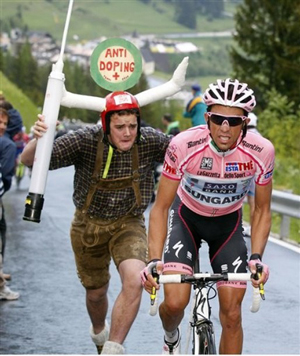 I became interested in the sport of cycle racing in the early 1950s.
I became interested in the sport of cycle racing in the early 1950s.
It was common knowledge that the top European professional cyclists competing in the Tour de France and the Giro d’Italia took dope.
Amphetamines to be precise. How did I know this? I was only 16 years old at the time.
It was not reported in the Cycling Press, there were no stories about doping in newspapers. It was obviously just passed on down from the top echelons of the sport by word of mouth.
It was never considered “Cheating.” After all if the entire TDF peloton was using dope, the playing field was level. These riders rode over the same mountain ranges they do today, when the roads were often no better than dirt tracks. Stages were often in excess of 250 kilometers, 156 miles, as a 16 year old I figured dope was necessary.
So if a 16 year old knew about it, then obviously the UCI knew of it, and also the cycling press. But none of them did an expose of the situation. Not until British cyclist Tom Simpson died on Mt. Vontoux during the 1967 Tour de France.
He died of heat exhaustion, but had pushed his body beyond its limits with the aid of amphetamines. The world's press was all over the story, and then the Cycling Press and the UCI acted in shock and horror, as if not knowing that this practice was going on right under their noses.
Doping in cycling has probably been in existence since the beginnings of the sport. Certainly since the start of professional cycling where there was money to be made, and promoters calling for faster and longer races. And if it was in cycling it was obviously there in other professional sports.
I am sure by now everyone in the cycling community has seen the Tyler Hamilton interview on 60 Minutes. If you haven’t seen it here is a short version. After watching it I feel like a fool, I really thought the sport was changing and they were at last getting a handle on the dope situation.
Now I find the only thing that has changed over the years is that is that drugs have become more sophisticated, and less easy to detect. And instead of being an open secret amongst the cycling community, as it was prior to the 1960s, it is now an open secret only among the professional cyclists themselves.
So here we are today 44 years after Tom Simpson’s death; the UCI still looks the other way, and wishes the whole doping thing (In particular the media talking about it.) would just go away. Should we really expect any different? The man at the top of the UCI is an ex-professional cyclist, am I to assume he never took dope during his career?
Tyler Hamilton’s claim that Lance Armstrong’s positive test in the 2001 Tour of Switzerland was “made to go away,” by the UCI, has a ring of truth to it. Because Alberto Contador’s clenbuteral positive was at first kept quiet by the UCI.
The UCI knew of it within days of the test in July 2010, but failed to make it public until September 2010, when the story was leaked by the testing lab. Had the story not been exposed, would Contador’s positive been made to go away also?
I still don’t see doping a cheating. It appears all top professionals are doing it so they compete on more or less equal terms. The only ones being cheated are the fans being led to believe the sport is clean.
However, doping is bad because young athletes see the pros do it and think it is okay to use that stuff, and it is not, especially using it unsupervised. There are some dangerous consequences.
The only way to stop drug use in professional sport is to make shame and the consequences of being caught not worth the risk of doing it.
 Comment,
Comment,  Drugs in Sport,
Drugs in Sport,  Opinion,
Opinion,  UCI
UCI 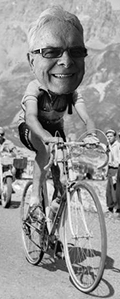





















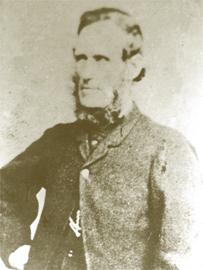

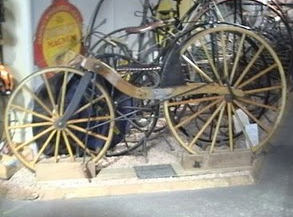
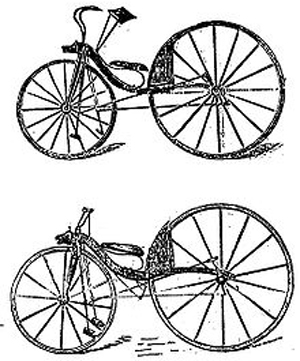
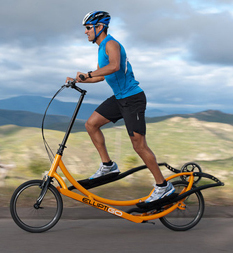

Ask me if I care anymore
What a week it has been for the sport of professional cycling. It started off with the Tyler Hamilton interview on 60 Minutes; now we hear that Alberto Contador’s Clembuterol appeal will now not be heard before the start of this year’s Tour de France.
The joint appeal by the UCI and the World Anti Doping Agency (WADA) is against the Spanish Cycling Federation’s finding that Contador is innocent of clenbuterol use. The case to be heard by the Court for Glacial Arbitration in Sport (CAS) has been delayed at the request of Contador’s lawyers. Apparently they need more time to gather evidence.
This is ridiculous, cycling fans had been promised, and it was expected to be settled one way or another before the TDF. The man I feel for is Christian Prudhomme the man who puts on the Tour de France, what does he do now, let Contador ride or not? He is screwed either way.
I am to the stage where I don’t care anymore, and I think that is exactly the tactic being played by the UCI. The UCI failed to ban Contador when he tested positive for clenbuterol, but instead turned the responsibility over to the Spanish Cycling Federation.
When Spain found Alberto innocent, the UCI has to go through the motions of an appeal. But it is a half assed appeal, one they don’t really want to win. I don’t hear any loud protests from the UCI at this latest delay, and if you remember one of the reasons this case has gone on this long is because the UCI waited until the very last minute to launch an appeal.
I predict that the whole matter may resolve itself; I think Contador will voluntarily withdraw from this year’s Tour de France. The reason; this year’s Giro d’Italia has been brutal over a route that has had an exceptional number of tough mountain stages.
After last Saturday’s stage 15. 143 miles (229 km.) featuring five big climbs over the Dolomites from Conegliano to Gardeccia Val di Fassa, Contador said it was the “hardest day of racing in his life.” (Video above.)
I don’t believe he was expecting to ride both Grand Tours. Remember he only has a month to recover before the start of the TDF. If he rides he will not be on top form, and he will have stronger opposition than he has had in the Giro. Could be interesting.
Another interesting tid-bit of news emerged today. Switzerland has more than 50 World Sports governing bodies based in its country. The UCI is just one of them. The Swiss Government is investigating corruption in those sport’s governing bodies. Good timing, I hope the UCI is up there on their list.